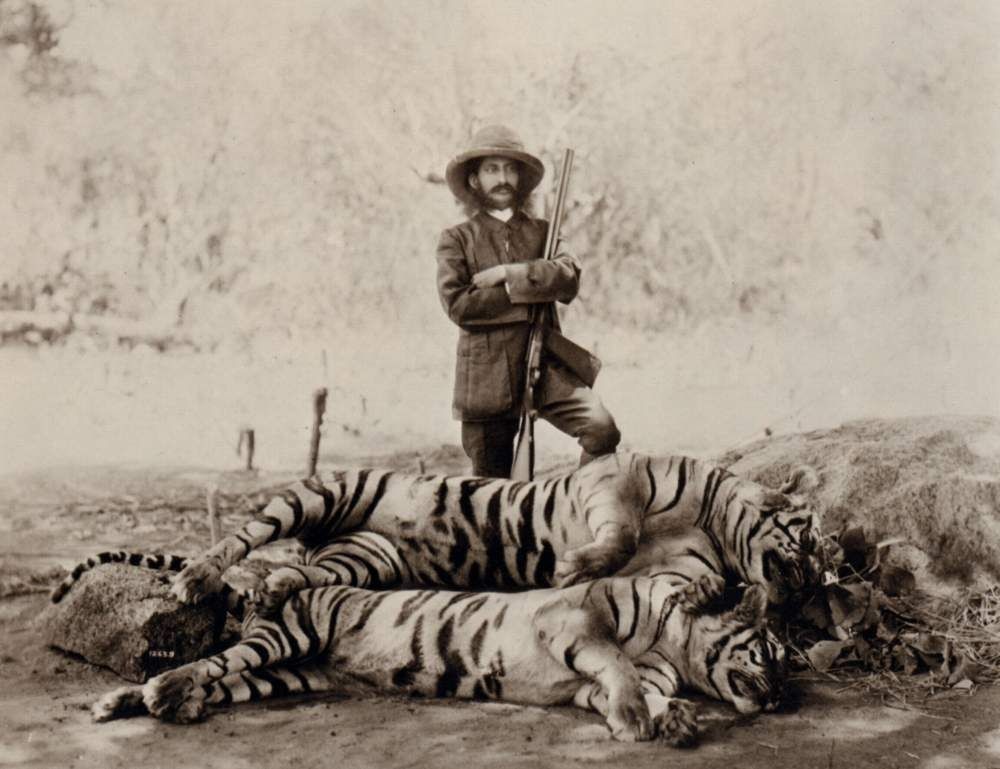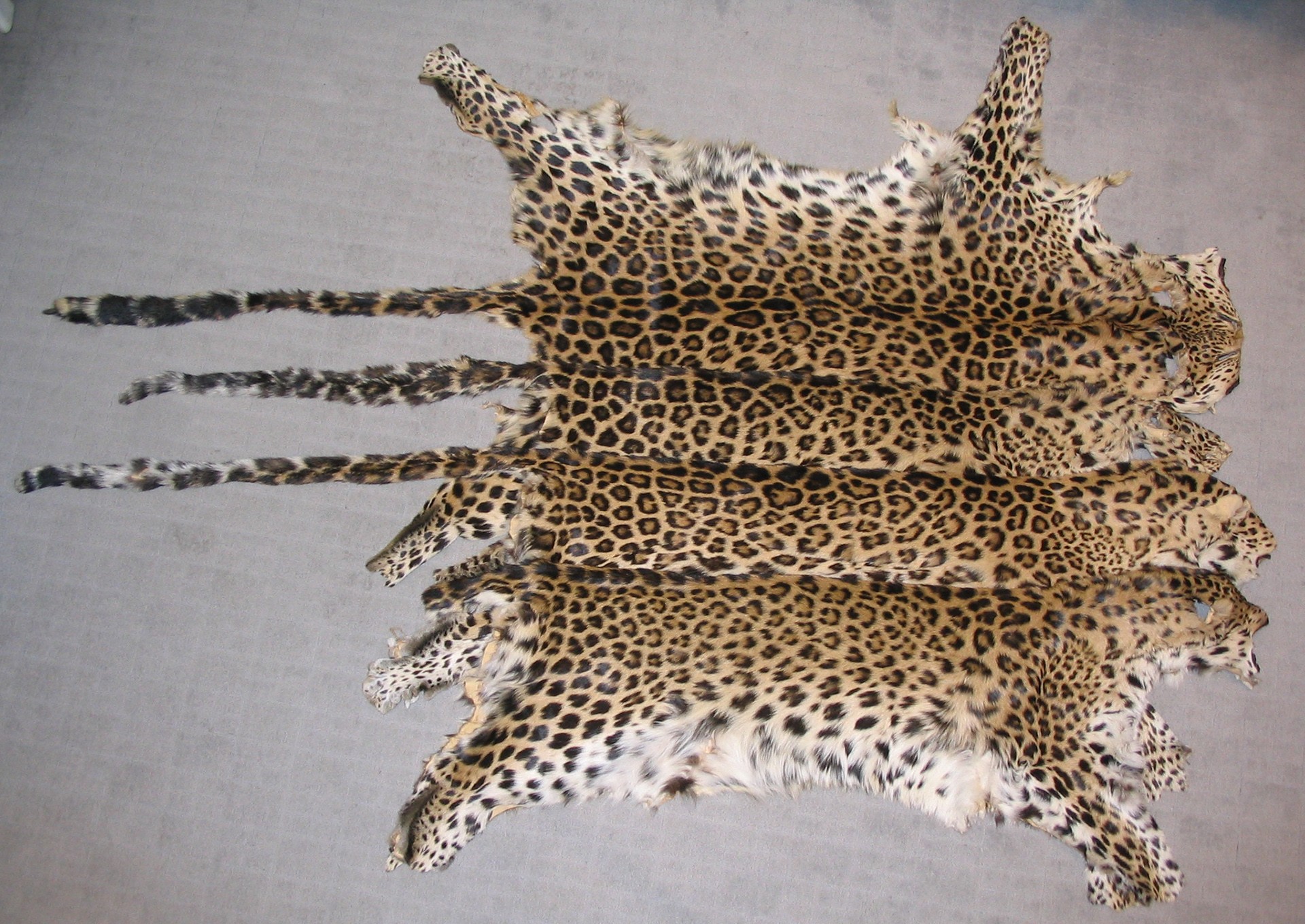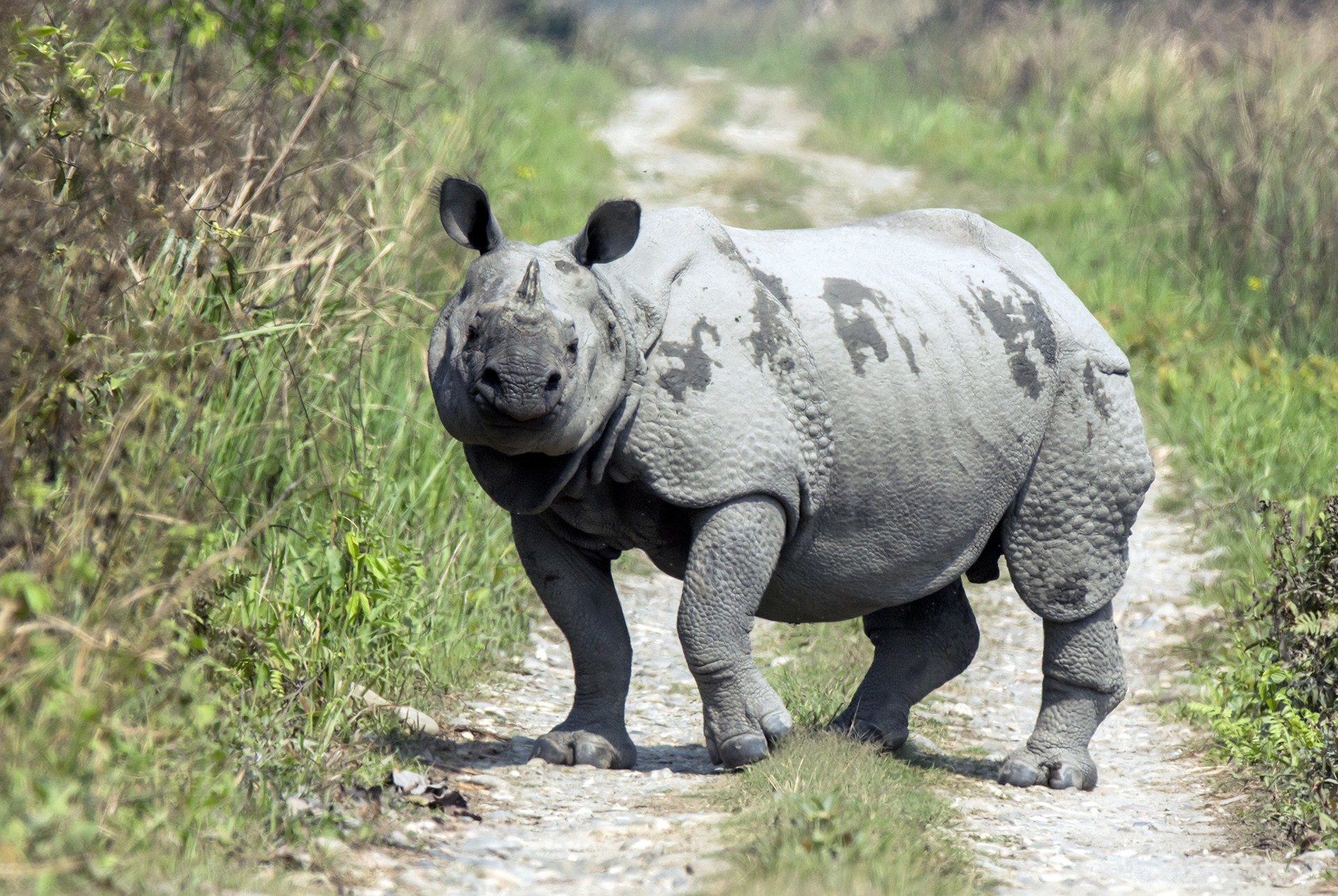“But why do people kill tigers?”
That’s a question I get asked all the time. The answer is simple: Money. The tiger has a price on its head, and on every part of its body. People (usually mean, foolish and exceedingly rich) pay huge amounts of money to buy the bones and whiskers and eyeballs of a tiger because they believe – quite wrongly, by the way – that it will make them powerful, just like the tiger. They eat these parts (yeah, I know, gross) to ‘cure’ myriad illnesses, even ailments as minor as hair fall. Prestige is one of the main driving forces behind the tiger trade . Collecting and showcasing tiger skins or bone wine is a mark of status for some wealthy and powerful people, just like flashing a Rolex watch or driving a BMW is for others.
Rhinos are killed and their horns chopped off to make medicine for headaches. Headaches? Why kill endangered wild animals when you can buy Disprin or Analgin, cheap, over the counter?
It is not only tigers and rhinos, of course. Almost all wildlife is part of the illegal wildlife trade, which is worth billions of dollars worldwide. Name any animal that comes to mind. Leopards, elephants, owls, frogs, tortoise, otters, pangolins, butterflies: all of them are poached. Even beetles, which some people like to collect (like coins or stamps or dinky cars) are traded, and tortoises too, because they think they make fancy, exotic pets. Owls are used in some pujas and rituals, especially during Diwali, because many people falsely believe it will bring them good luck and money.
Some of you may have seen colourful fish in aquariums – I have noticed them in doctors’ waiting rooms, and at airports. That’s trade as well – fish, after all, are the wildlife of the seas! And I don’t think they are very happy either, because if you had a vast ocean to swim in, you would hate to be stuffed into a tiny glass box. It’s like being shut into a small, stuffy room, and told to stay put. It is all kinds of wrong, it is cruel, and it’s driving animals to extinction.
Poaching is also illegal. There are strong laws to protect wildlife, but they are not implemented, mainly because wildlife protection is not a priority of governments. It’s a very serious crime, though, linked to the illegal trade in drugs and arms – and is known to finance terrorism as well.
Just like the army protects our borders, it is forest guards who are on the frontline to protect wildlife and the forests they live in – but there are too few of them, leaving forests open for looting. Even when poachers are caught, most are let off free. Did you know, only one in 100 poachers caught actually ends up in jail? The rest go right back to the forest to return to the business of killing animals.
So who kills the animals? Well, the actual killer is the poacher – usually local people, or tribes who have special hunting skills. They are people of the forest…they know it well, like how urbanites are acquainted with their city. They know where the animals are, the paths they take, and they set traps and snares, which the animals get caught in. They know where the animals go for water, and poison the waterhole.
I met a poacher once. He said he killed wild animals – rhinos mainly, because it got him lots of money. If he killed one rhino, it meant he had enough money for six months, or even a year. It didn’t matter if his crops failed, or if wild boar, deer and elephants, ate from his fields. He lived close to the forest, and this happened all the time. So sometimes, he killed those animals too. Retaliatory killings like these are also a common cause for poaching. Wild animals prefer to avoid humans, but as their forests are destroyed, they are forced into human habitation – villages, and sometimes, even cities. Elephants and deer eat crops, tigers and leopard kill cattle, and the people who bear these heavy losses occasionally kill them in revenge.
However, poachers are not the only culprits. Traders who buy the skins and bones of these animals are also guilty, and equally, so are the people who buy it, creating a market. Because if no one wanted to wear a leopard skin coat, and collect butterflies and beetles, then they wouldn’t be killed at all.
What you can do
- Read books, watch films, talk to people working in this field and learn about wildlife. Understand why wild animals are important, and what it would mean if we were to lose them. For instance, tiger forests are the sources of many of India’s rivers. It is important to be aware of these connections to make a convincing case for their protection.
- Spread the word among your family and friends, and in your school. We urgently need to convey to the people, to the media and to our government how important it is to protect wildlife better. Write to editors, local politicians around a sanctuary or a tiger reserve, or even your state chief minister, asking them to take in more forest guards, and to empower and equip them properly.
- When you visit sanctuaries, make it a point to talk to the forest staff and thank them for saving wild animals and forests. It will make them feel good, and do their job better.
- Don’t encourage the trade. Keeping birds as pets or fish in aquariums is a no-no. Parakeets are better off in trees, not in cages, and if you know someone who has kept one, inform the forest officials in your city. When you use paintbrushes, ask what they are made of. Even though it is illegal, sometimes manufactures use mongoose hair. The bottom line: be aware!
- When on vacation, don’t visit dolphinariums. In most of these places, dolphins are captured from the wild, and tortured and trained to perform. In fact, Ric O'Barry, who once captured and trained dolphins and now is their champion, says that dolphins hate captivity, and get so depressed they may commit suicide. Go, see them in the wild instead. It is an awesome experience.
- Support wildlife organsations. Some focus on investigating and cracking down on the trade, others on training and equipping forests guards. There are organisations that work to develop alternative employment opportunities for reformed poachers, and to educate their children. I know of a school whose students sponsored the education of poachers’ children so they would not be forced to enter the same trade. They raised money by selling cookies, doing newspaper rounds, cleaning cars, and organising fundraising drives. Someone I know refused to let anyone into his house (totally not advisable) till they paid up some money to ‘save tigers’ – until his mom discovered what he was up to! Incidentally, he has grown up to be a great defender of wildlife!
Some NGOs working in wildlife conservation
Wildlife Protection Society of India
Wildlife Conservation Society India Program
Other stories in this Guest Editor package:
Guest Editor Diaries: Of Poachers And Flying Fish: 10-year-old Aarya Mehta assigns stories to the NiF team.
Oh Deer! The Thrill Of The Hunt: Editor Aarya Mehta writes about when a tigress set her sights on a deer for dinner, and they all watched in.
It’s A Bird, It’s A Plane...It’s A Flying Fish! Marine Biologist Abhishek Jamalabad tells us if fish can fly.
Our Perilous Poaching Problem: Bijal Vachharajani lists out the books you should arm yourself with.




